Submitted by WA Contents
Harvard GSD Announces The 2020 Richard Rogers Fellows
United Kingdom Architecture News - Jan 13, 2020 - 13:30 11239 views
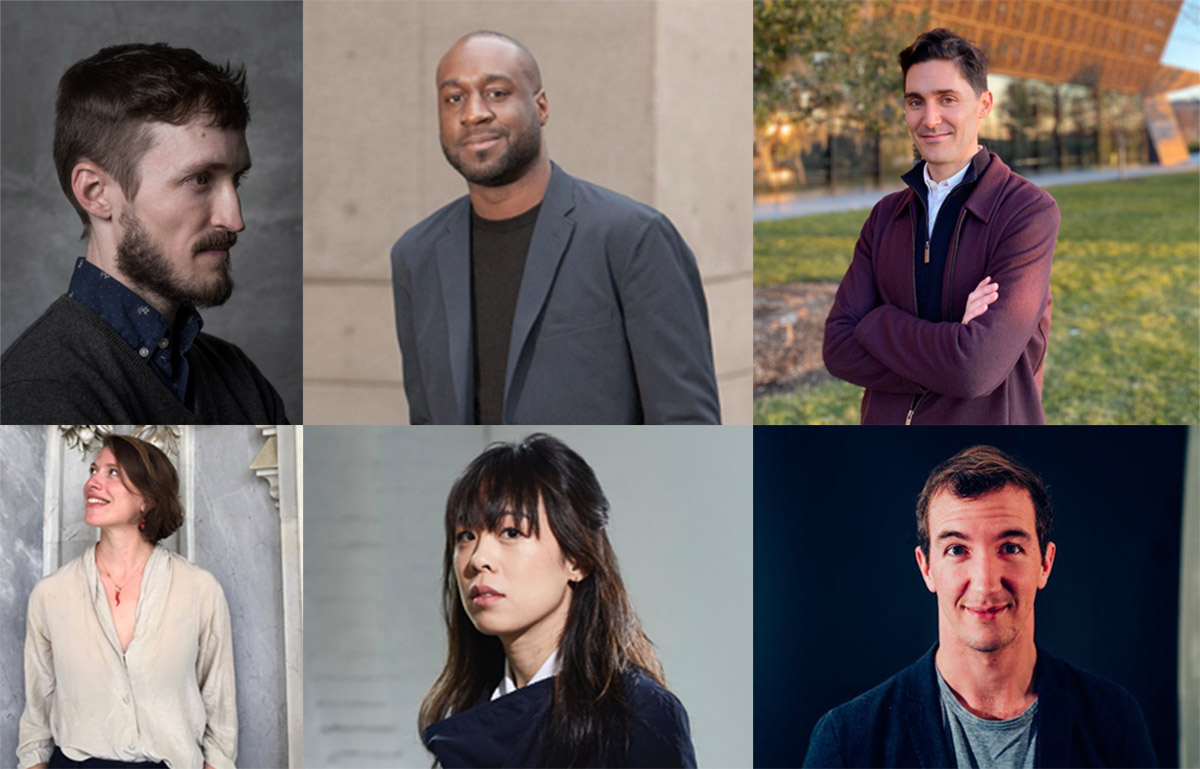
Harvard Graduate School of Design (Harvard GSD) has announced winners for the 2020 Richard Rogers Fellowship, the Wimbledon House’s residency program for architectural and urban research.
The six winners of the 2020 Richard Rogers Fellowship program will receive a three-and-a-half-month residency at the landmarked residence designed by Lord Richard Rogers for his parents in the late 1960s. Each fellow receives travel expenses to London and a $10,000 cash purse.
Now entering its fourth cycle, the Fellowship is inspired by Lord Rogers’s commitment to cross-disciplinary investigation and engagement, evident across his prolific output as an architect, urbanist, author, and activist.
The six fellows named for the 2020 cycle were chosen from more than 150 applicants from around the world. In addition to a three-and-a-half-month residency, each fellow receives travel expenses to London and a $10,000 cash purse. They will pursue research on a variety of issues, including allocation of parking around new buildings in London, the formal consequences of building booms on the city’s urban fabric, and the civic imaginaries that may be gleaned from building code.
Harvard GSD introduced the Richard Rogers Fellowship in October 2016, and named its inaugural class of fellows in February 2017. Since its inception, the Richard Rogers Fellowship has drawn scholars from a range of fields and backgrounds to London, where they have engaged with that city’s great research and design institutions.
See 2020 Richard Rogers Fellows (biographies and abbreviated project proposals appear below):
Spring 2020
Timothy Ivison (Los Angeles, CA)
Emma Letizia Jones (Zurich, Switzerland)
Summer 2020
Sean Canty (Cambridge, MA)
Michelle Chang (Cambridge, MA)
Fall 2020
Thomas Shay Hill (Somerville, MA)
Henry Grabar (Chicago, IL)
The 2021 Richard Rogers Fellowship cycle will begin accepting applications in October 2020.
The 2020 Richard Rogers Fellowship Selection Committee was co-chaired by Mohsen Mostafavi and Sarah Whiting, and included Eve Blau, Ricky Burdett, Hanif Kara, Niall Kirkwood, Farshid Moussavi, Irénée Scalbert, and Simon Smithson.
Spring Fellows
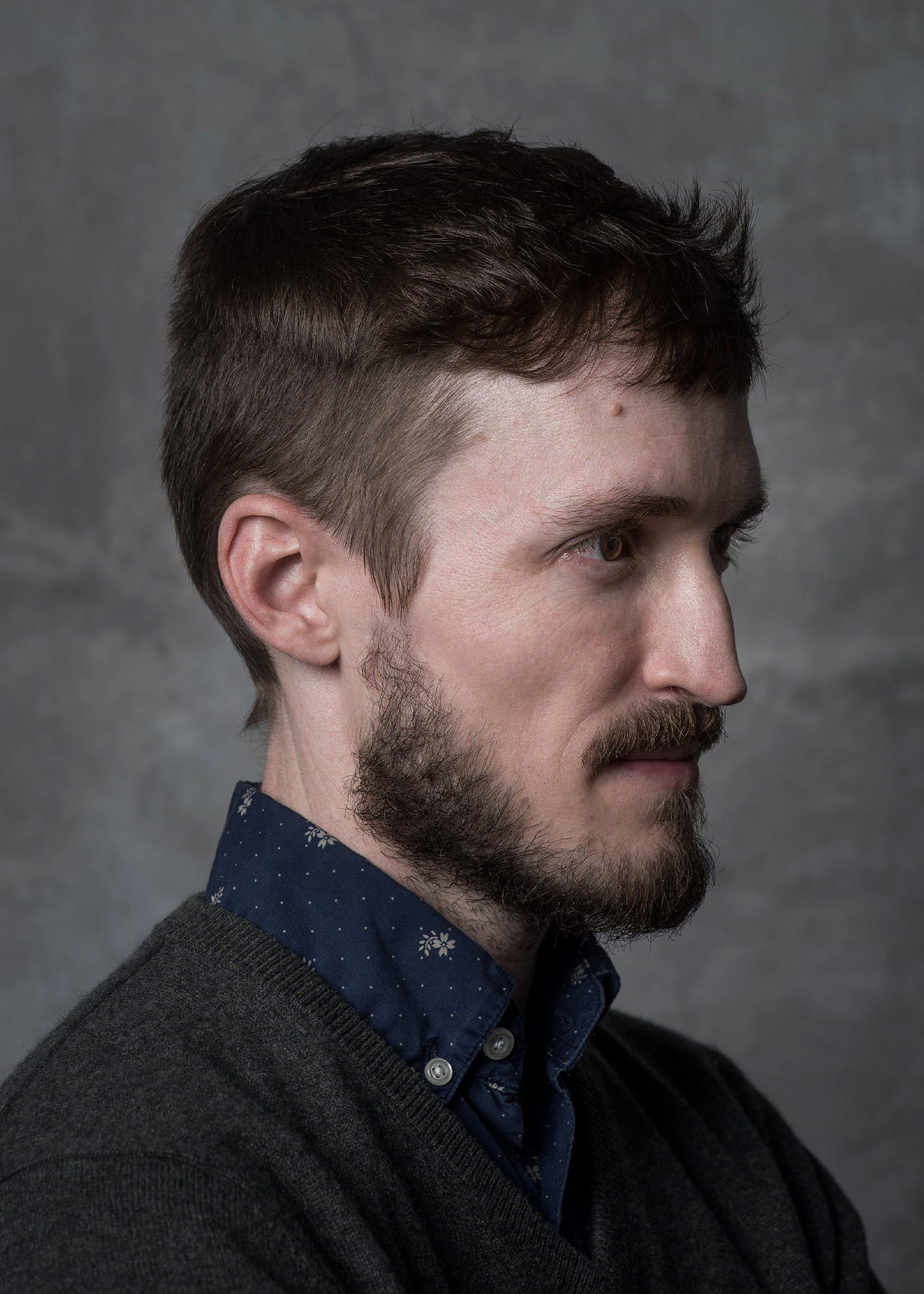
Image courtesy SCI-Arc
Timothy Ivison (Los Angeles, CA)
Counter Constructs
Timothy Ivison is a writer and researcher living in Los Angeles. His work is concerned with the history and political ecology of cities, with a recent focus on post-war redevelopment in London and Los Angeles. He has taught a number of interdisciplinary seminars on biopolitics, crowd theory, and urban history, most recently at the Southern California Institute of Architecture (SCI-Arc) and Art Center College of Design. His urban research is also informed by a sustained engagement with contemporary art, artist-run spaces, and self-organized institutional practices. Recent collaborations with the artist Julia Tcharfas include the exhibition 710 at Before Present, Los Angeles; The Tick Memorial Library at Magic Hour, Twentynine Palms; and Science of Rehearsal at the Swiss Institute, New York.
Ivison received a BA in Visual and Critical Studies and a BFA in studio practice from the School of the Art Institute of Chicago and completed his PhD at the London Consortium, Birkbeck College, University of London in 2017. From 2014 to 2016, he was an Andrew W. Mellon Foundation Researcher at the Canadian Centre for Architecture.
Ivison’s proposal Counter Constructs investigates the material history of a series of planning conflicts that took place within London in the late 1960s and 1970s. Focusing on the transition from post-war reconstruction to speculative redevelopment, the project points to a remarkable pattern in which communities worked with architecture students, legal advisors, ex-planners, and advocacy groups to create alternative visions of the city. Emphasizing the visual artefacts of these struggles, the project documents the production and counter-production of plans, models, and exhibitions by community groups using the visual tools of planning and architecture to challenge the redevelopment agenda and the terms of participation.
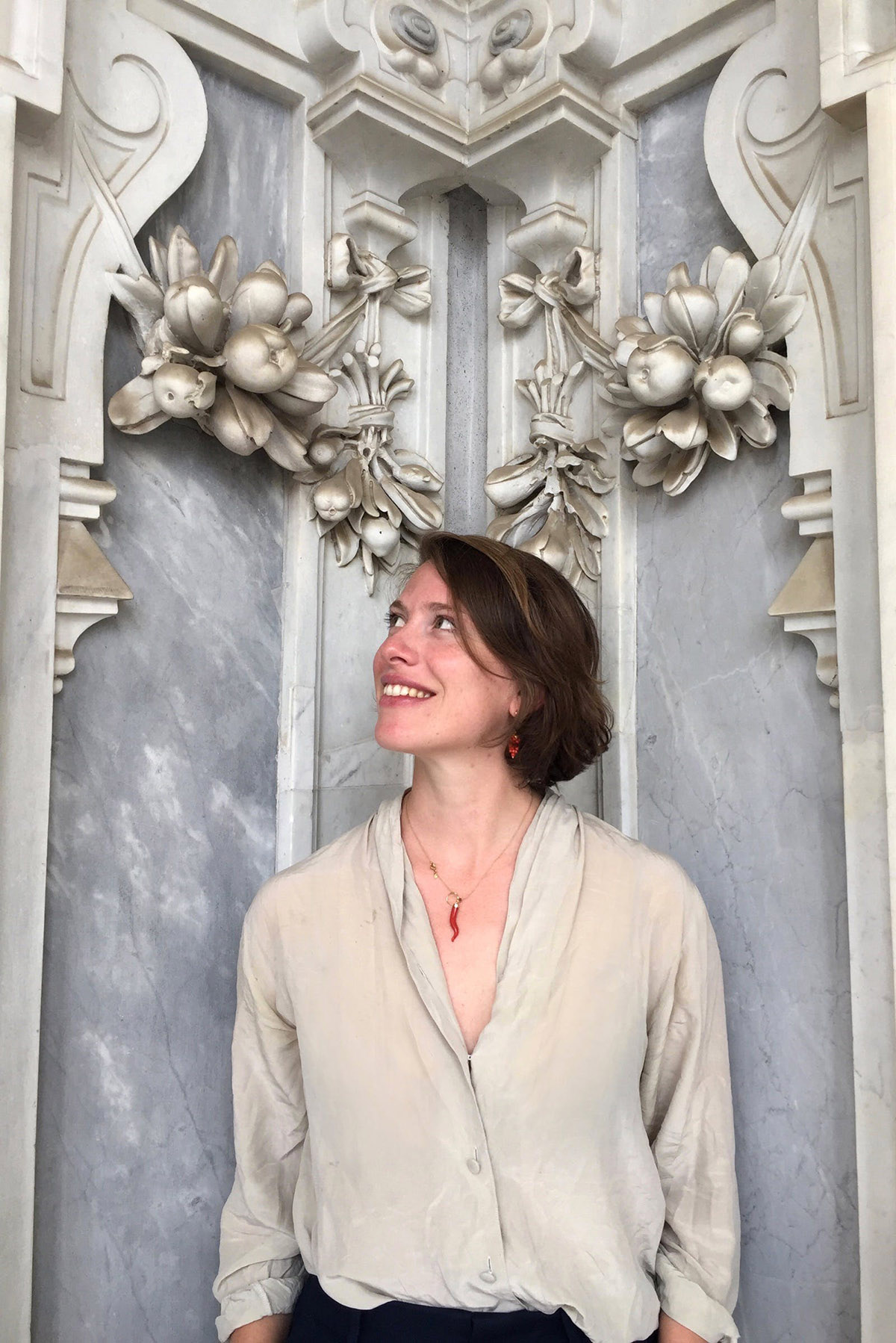
Image © Adriano Aymonino
Emma Letizia Jones (Zurich, Switzerland)
Built by the Book
Emma Letizia Jones is an Australian-born architectural historian and writer. She was educated at the University of Sydney and the Architectural Association, London, and obtained her PhD in 2016 from the University of Zurich with the thesis Schinkel in Perspective, a new account of the drawing practice of the Prussian architect Karl Friedrich Schinkel. She has also been a design studio director at the EPF Lausanne. Alongside developing her PhD thesis for publication, Jones teaches the history and theory of architecture (1450-1850) at the GTA Institute, ETH Zurich, in the Chair of Prof. Maarten Delbeke, and is a founding member of TEN, winners of the Swiss Art Awards for architecture in 2018. Her current research is focused on the translations occurring between architecture and its drawn and printed representations with a focus on early-19th-century Britain and Germany; and the relationship between books and buildings in architectural culture. Jones’s writing has appeared in AA Files, San Rocco, Architectural Histories, andArchitectural Review, among other publications, and she has organized exhibitions and teaching workshops in Switzerland, Italy, the UK, and Australia.
Jones’s proposal Built by the Book: The Global Impact of the Building Manual and Trade Catalogue in Nineteenth Century London is a study of the global dissemination of the English “building manual” and the “trade catalogue”: new types of architectural books which emerged in mid-nineteenth-century London as both a response to, and driver of, the rapid speculative development of the city’s housing stock. The research conducted while staying at the Wimbledon House will look critically at a selection of these commercial publications currently held at the Victoria and Albert Museum National Art Library and a group of other London-based archives, to understand how they emerged from a long line of books about building and ornamentation stretching back to at least the 16th century, while also investigating how they continue to inform the development of housing policy and the standardization of housing, both new and old, across London. This study is part of a wider research project supported by the Swiss National Science Foundation and the University of Technology Sydney.
Summer Fellows
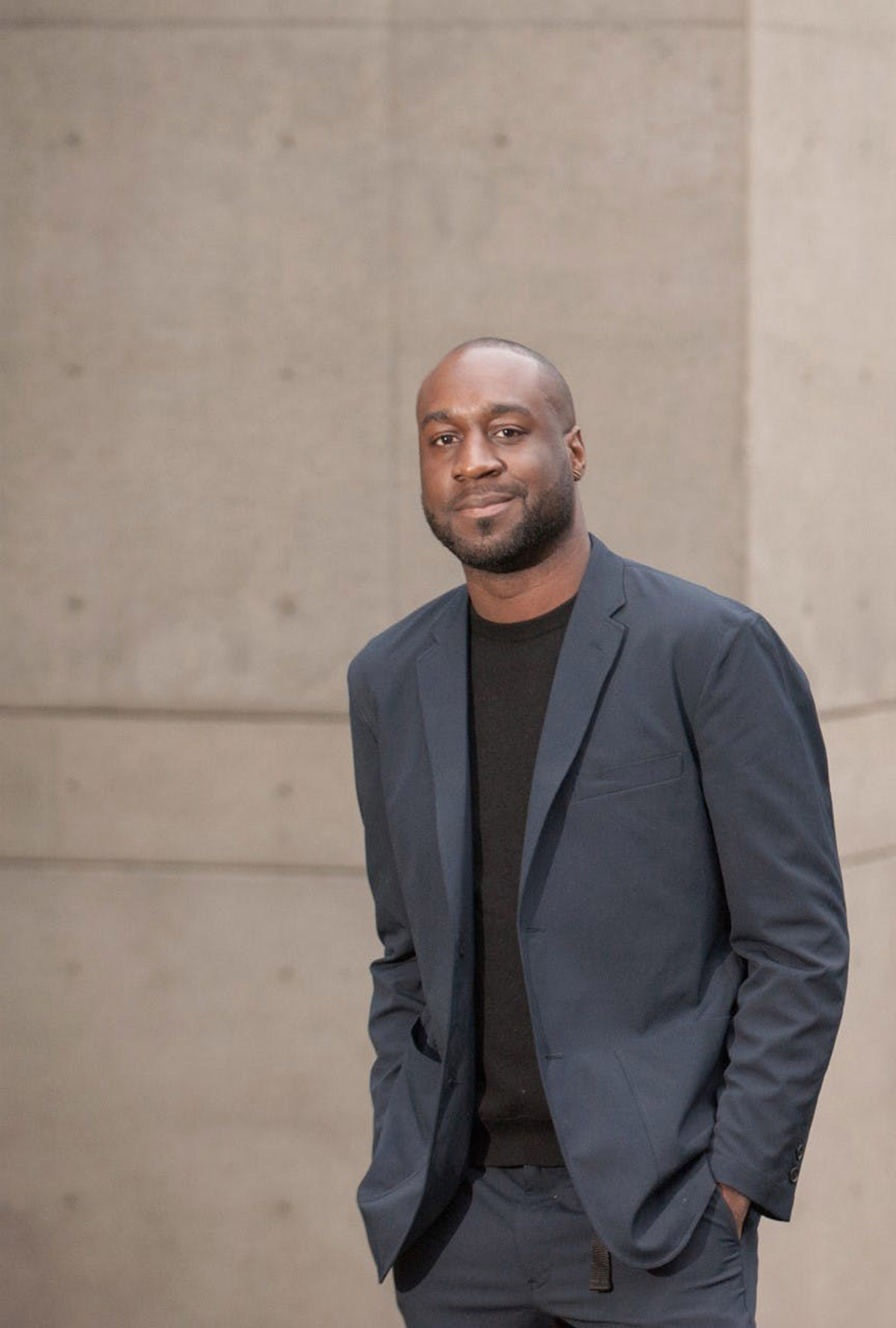
Image © Suzanne Camarata
Sean Canty (Cambridge, MA)
Before Images, After Pictures, and Somewhere In-between
Sean Canty is a designer and Assistant Professor of Architecture at Harvard GSD, where he teaches architectural design in the school’s core design studios. Canty's teaching, research, and practice explore unexpected forms of visuality, motivated by architectural type and geometry. Exploring the interrelationships between interior, envelope, and building, Canty explores montage as a spatial practice.
Canty is also one of the founding principals of Office III (OIII), an experimental architectural collective based in New York, San Francisco, and Cambridge. Office III was selected in November 2016 as a finalist for the Young Architects Program at MoMA PS1. They have also recently completed the Governors Island Welcome Centre for The Friends of Governors Island and exhibited at the Museum of Modern Art, the Storefront for Art and Architecture, the Cooper Union, and the A+D Museum in Los Angeles. Before establishing these two respective practices, Canty was a Project Designer at IwamotoScott Architecture in San Francisco, during which he led projects including the Pinterest headquarters, Bloomberg TechHub, the Goto House, Noe Valley House, and HeavyBit Industries. He received an MArch from Harvard GSD and a BArch from California College of the Arts.
Canty’s proposal, Before Images, After Pictures, and Somewhere In-between, is a speculative exploration in revisiting the 18th-century English Picturesque tradition. In revisiting this aesthetic discourse, the research aims to tease out the spatial, perceptual, and representational techniques for application in contemporary practice. The development of the research will happen through the construction of a visual catalog of picturesque strategies developed through written, visual, and formal analysis by surveying critical picturesque landscapes through the lens of three themes: the fragment, view constructions, and filtered forms.
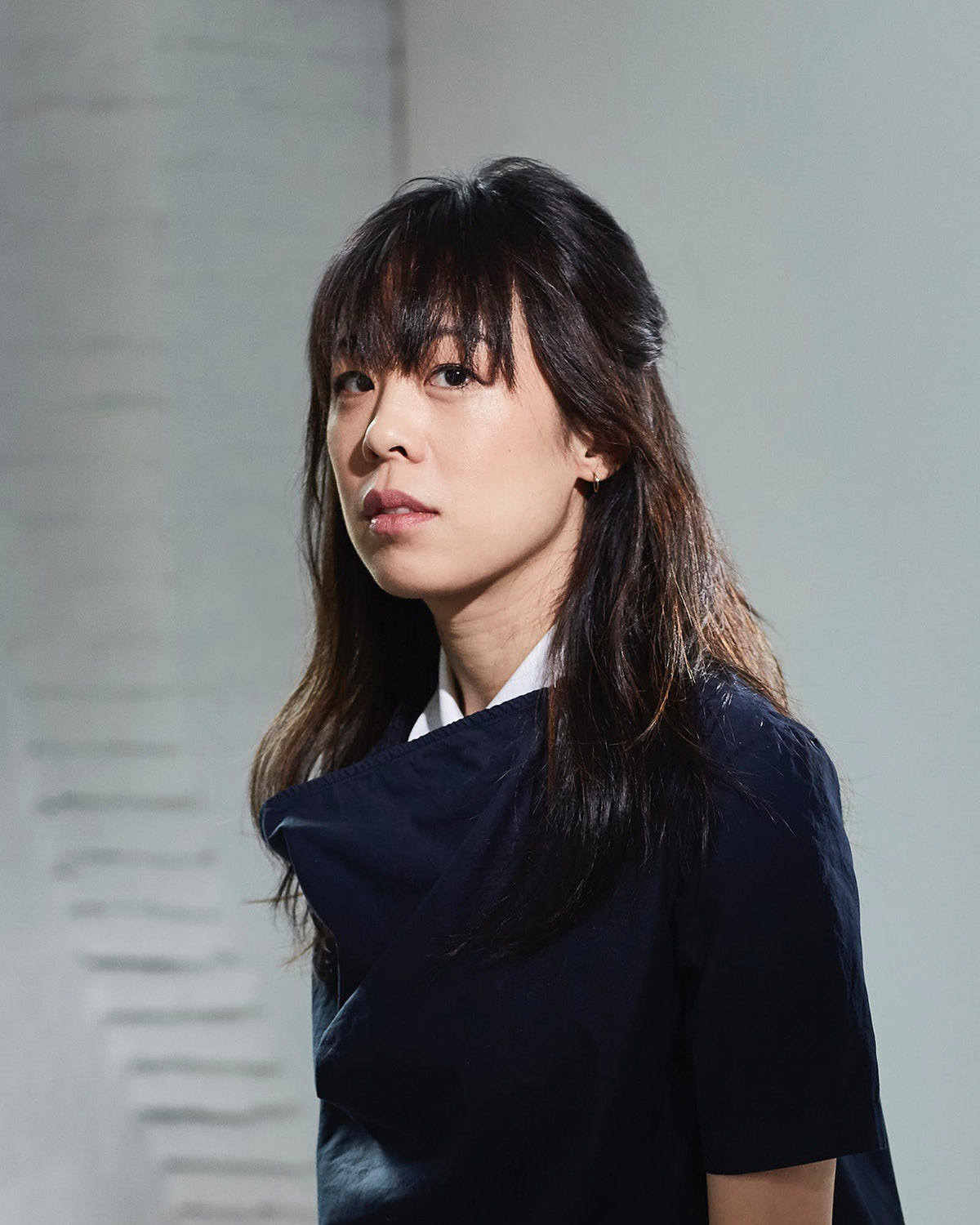
Image © Steph Larsen
Michelle Chang (Cambridge, MA)
Reframing Urban Imaginaries
Michelle Chang directs JaJa Co and teaches architectural design at Harvard GSD. She founded her independent practice in 2014 after working in offices in New York, Boston, and San Francisco. Her design work experiments with the overlaps between and among film, installation, music, and building.
Chang holds an MArch from Harvard GSD and a BA in international relations from Johns Hopkins University. She is a former MacDowell Colony Fellow, Wortham Fellow, and a recipient of the Architectural League Prize for Young Architects + Designers. In her research, Chang studies how optics, digital media, and modes of cultural production influence translations between design and building. Before teaching at Harvard GSD, she taught at Rice University, the University of California Berkeley, California College of the Arts, and Northeastern University.
In her Richard Rogers Fellowship proposal, Chang posits that, already embedded within building codes is a civic imaginary. Professional guidelines established by governments and non-profit associations project conceptual and material potentials for the environment. She speculates that architects can more creatively engage these imagined futures by translating legal descriptions to semantic images.
Fall Fellows
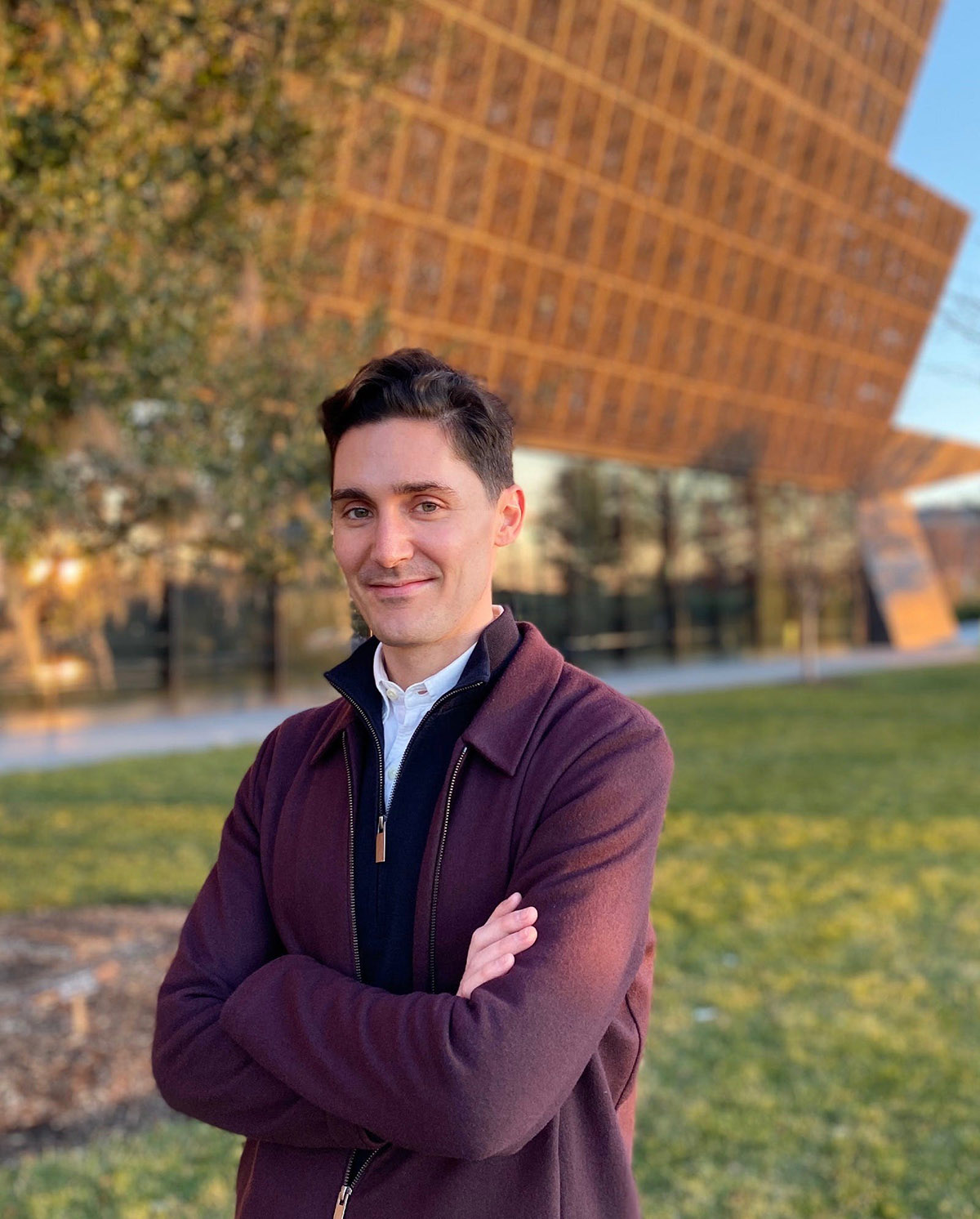
Image © Thomas Shay Hill
Thomas Shay Hill (Somerville, MA)
Cycles of Urban Form
Thomas Shay Hill is an urban historian and PhD candidate at Harvard GSD. Hill’s research focuses on the boom-bust cycle of urban development: a process that is at once recurrent and unpredictable. Hill is interested in the role of this process in shaping and reshaping the urban environment. He focuses in particular on the relationship between building booms and the formation of new construction techniques, architectural styles, building types, and centers of activity on the urban fabric. Hill focuses as well on the destructive implications of the construction cycle: in accelerating the obsolescence of existing buildings, typologies, and places, and in giving way to “busts” that entail vacancy, devaluation, and bankruptcy. Hill is primarily interested in the formal and spatial implications of this irregular historical process.
Hill’s professional background is in planning, design, and construction in New York City. His writing has been published in the Journal of Urban History, Environmental Research Letters, the Urban History Association’s blog Metropole, and the Routledge anthology Architecture and the Smart City. His research has received generous support from the Canadian Centre for Architecture, the Harvard Graduate Society, and Harvard GSD. Before coming to Harvard, Hill completed a BA in Urban Studies from Columbia University.
During his residency, Hill will advance his dissertation research by studying the formal consequences of building booms on the urban fabric of London. A major focus of Hill’s research is the 1980s office development boom, a global phenomenon that witnessed the birth of Canary Wharf as an alternative commercial district to the City of London. Hill plans to access historical records on London’s urban fabric—including maps, plans, construction documents, and property records—from the London Metropolitan Archives and the National Archives at Kew.

Image © Lisa Larson-Walker
Henry Grabar (Chicago, IL)
Paved Paradise
Michael Waldrep is a media artist and researcher focused on architecture and urban planning. With degrees in Film Studies and City Planning from the University of California at Berkeley and the Massachusetts Institute of Technology, respectively, he was selected as a member of the first generation of Fulbright - National Geographic Digital Storytelling Fellows in 2014. Currently, he works in research and filmmaking at Studio Olafur Eliasson. As a culmination of an ongoing multimedia investigation into the global spread and differentiation of suburban planning and architecture, his proposal for the Richard Rogers Fellowship is to document the edges of Greater London. Waldrep’s practice, as a trained city planner and media artist, has been honed through similar studies of Mexico City, Cape Town, and Berlin. His project will seek to bring to light, through writing, interviews, archival research, and, above all else, first-hand photographic investigation, the myriad interacting factors that permeate the Metropolitan Green Belt and the symbiotic New Towns can be teased apart and brought to light.
